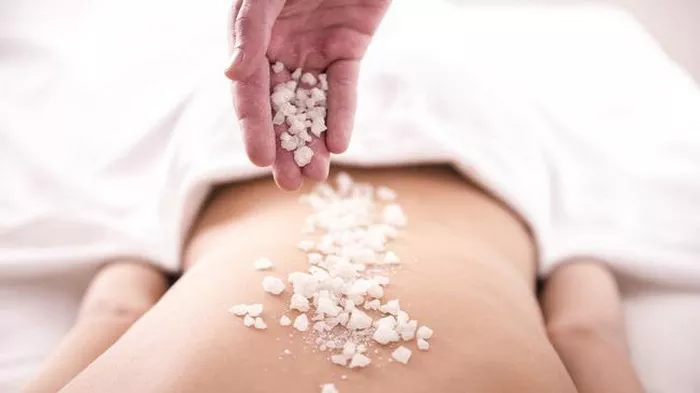Microdermabrasion is a popular non-invasive cosmetic procedure that aims to rejuvenate the skin’s appearance by exfoliating the outer layer of dead skin cells. One of the common skin concerns individuals seek to address with microdermabrasion is brown spots or hyperpigmentation. In this article, we will explore the effectiveness of microdermabrasion in removing brown spots, its benefits, limitations, and alternative treatments for hyperpigmentation.
1.Understanding Microdermabrasion:
Microdermabrasion is a minimally invasive cosmetic procedure that uses a specialized handheld device to gently exfoliate the skin’s surface. The device releases tiny crystals or uses a diamond-tipped wand to remove dead skin cells and impurities, promoting a smoother, brighter, and more youthful complexion. This procedure is typically performed on the face, but it can also be used on the neck, chest, and hands.
2.Can Microdermabrasion Remove Brown Spots?
Microdermabrasion can be effective in improving the appearance of certain types of brown spots and hyperpigmentation. However, its efficacy largely depends on the depth and severity of the pigmentation, as well as the individual’s skin type and response to treatment.
Superficial Pigmentation:
Microdermabrasion is most effective for treating superficial brown spots or hyperpigmentation caused by sun damage, mild acne scars, or uneven skin tone. By removing the outer layer of dead skin cells, the procedure can help fade and reduce the appearance of these surface pigmentation issues.
Age Spots and Sunspots:
Age spots, also known as liver spots, and sunspots are often a result of sun exposure and can be effectively treated with microdermabrasion. The procedure can help diminish their appearance and give the skin a more even tone.
Uneven Skin Tone:
Microdermabrasion can address general uneven skin tone and texture, which may result from minor discoloration and pigmentation irregularities.
3.Limitations of Microdermabrasion for Brown Spots:
While microdermabrasion can yield positive results for superficial pigmentation issues, it may not be as effective for treating deeper and more stubborn brown spots. Melasma, a type of hyperpigmentation that occurs due to hormonal changes, is an example of a condition that may not respond well to microdermabrasion alone.
Additionally, individuals with darker skin tones should exercise caution with microdermabrasion, as it may cause post-inflammatory hyperpigmentation or worsen existing pigmentation issues.
4.Combination Treatments for Hyperpigmentation:
For individuals with more challenging pigmentation concerns or those seeking enhanced results, combination treatments may be recommended. Dermatologists and skin care professionals often combine microdermabrasion with other procedures, such as chemical peels, laser therapy, or light-based treatments, to target different layers of the skin and address a wider range of pigmentation concerns.
5.Post-Treatment Care:
After undergoing microdermabrasion, it is essential to follow post-treatment care instructions to ensure optimal results and minimize the risk of complications. This typically includes using a gentle cleanser, applying a moisturizer, and using sunscreen to protect the newly treated skin from sun damage.
Conclusion:
Microdermabrasion is an effective treatment for addressing superficial brown spots, age spots, and sunspots, as well as improving overall skin tone and texture. It offers a non-invasive and relatively gentle approach to skin rejuvenation, making it suitable for individuals seeking subtle improvements in hyperpigmentation. However, it may not be as effective for treating deeper or more stubborn pigmentation concerns, such as melasma.
For individuals with more complex pigmentation issues or those seeking enhanced results, a combination of microdermabrasion with other treatments may be recommended. Consulting with a qualified dermatologist or skin care professional is essential to determine the most suitable treatment plan based on individual skin type and specific pigmentation concerns.
As with any cosmetic procedure, realistic expectations and diligent post-treatment care are crucial for achieving the desired results and maintaining healthy, radiant skin.

